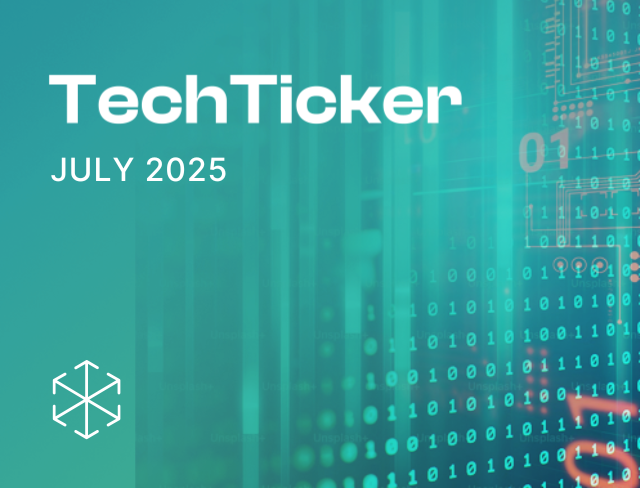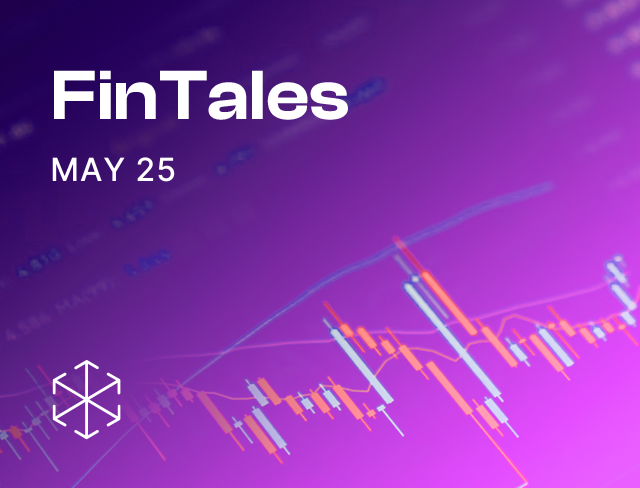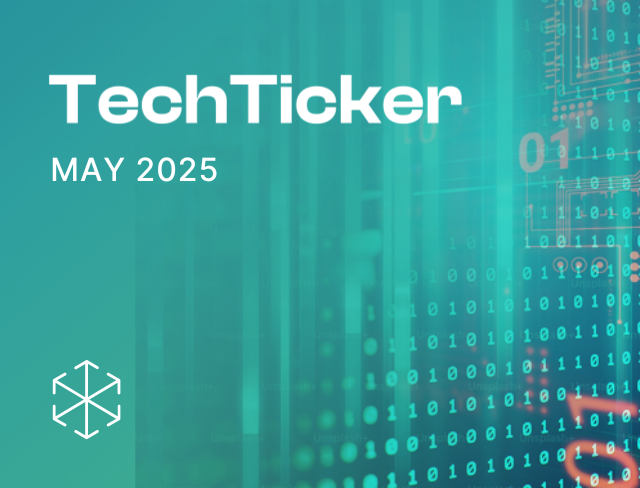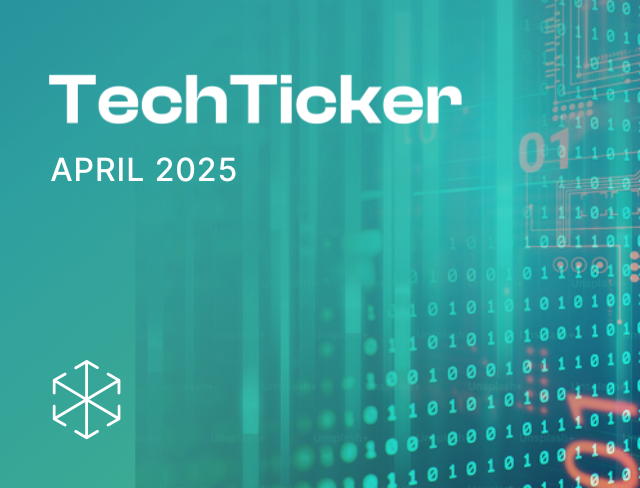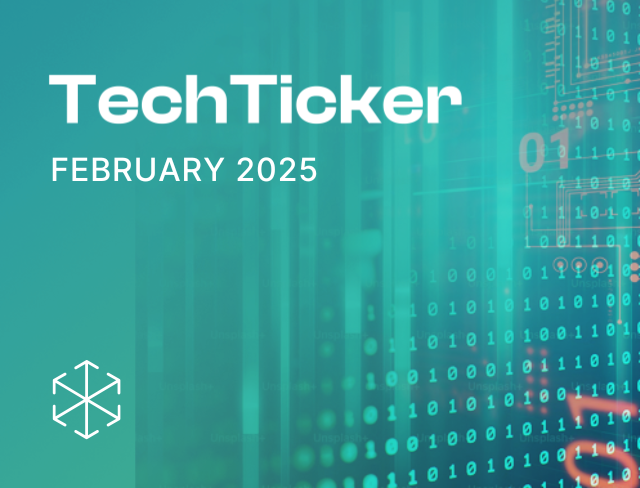Swiftie September
While Swifties have been (rightly) losing it over Taylor Swift’s engagement — drafting their own treaty-level analyses of the ring like it was the ancient inscribed Rosetta Stone — so, has the tech policy space. Basically, no blank spaces here (iykyk).
The past month delivered some fresh AI playbooks, online gaming law pivots, competition shake-ups and reports on cybercrime and fake news. The policy feed has been (almost) as dramatic as a Swiftie group chat.
Created by Vidushi
Deep-dive
Reels v. realities
We’re very grateful to Shri Sanjay Jaju (Secretary, Ministry of Information & Broadcasting), for taking out the time and launching our latest report titled Creators First: Enabling India’s Content Creator Economy!
It’s a part policy x-ray and part survival guide, unpacking India’s 4-million active creator ecosystem, capturing global trends, spotlighting challenges faced by creators and providing some solutions. (Pinky promise, it’s worth your while, check it out here.)
Our launch event featured a panel discussion with esteemed speakers including Shri Sanjay Jaju (Secretary, Ministry of Information & Broadcasting), Dolly Singh (Creator), Nell McCarthy (Vice President, Meta) and Dr Menaka Guruswamy (Senior Advocate) — moderated by our managing partner Anirudh Rastogi. The room was buzzing with creators, marketing agencies, policymakers, think tanks, platforms, and industry voices — looking like a crossover episode we didn’t know we needed.
Here’s a glimpse of what our report says:
Behind the reels
India’s creator economy, valued at USD 976 million in 2023, may reach USD 3.93 billion by 2030. Our report sees how the creator life isn’t all brand collabs and Bali reels:
Created by Nirmal
· Money stress: Only 8-10% of creators monetise meaningfully, versus mature markets’ average of 40%. Most land in a “missing middle” i.e. too underpaid for full-time but too invested for hobby status.
· All-in-one-job: Creators often double up as editor, lighting tech, brand manager, accountant, and therapist. The result? No time to upskill, build teams, or rest.
· Burnout is a thing: Nearly 80% creators report high stress and anxiety; with women facing disproportionate harassment and trolling.
· Infra issues: Beyond metros, creators face poor access to studios, tools, and mentors. Smartphones help, but patchy internet and scarce training are roadblocks.
· Rule roulette: With laws changing almost as fast as Instagram reel trends, creators often find the law tough to follow and harder to implement.
Build hubs, not hypes
What’s on our report’s wishlist, you ask? More voices at the table, serious upskilling investments, no dusty broadcasting-style regulations (innovation needs to flourish, after all), reinforcing safe harbour immunity under the law, more trust between platforms and creators (so creators know platforms got their back) and building shared creator hubs powering creator-led communities.
The real test is whether India can build a creator economy that doesn't break the people creating it. Because what good is influence if influencers can't afford therapy?
Connecting the dots
Fake news getting reality check?
On September 10, 2025, the parliament’s specialized committee on IT, reportedly unanimously adopted its draft report on fake news and submitted it to the Lok Sabha Secretariat. Expected to be tabled in Parliament during the November session, the report identifies social media platforms as significant contributors to fake news proliferation through algorithmic amplification. Key recommendations include a legal definition of fake news, an independent monitoring body, tougher penalties, AI content labels, and stricter transparency rules. It also backs IT Minister Ashwini Vaishnaw's statements on greater platform accountability and revising safe harbour immunity (which protects platforms from being liable from user content).
AI’s big fat Indian wedding
Preparations are in full swing for the IndiaAI Impact Summit, following a high-profile curtain raiser held on September 18, 2025 in New Delhi. IT Minister Ashwini Vaishnaw reiterated the three pillars — People, Planet, Progress — and the seven themes of the event - Human Capital, Inclusion, Safe & Trusted AI, Resilience, Science, Democratizing AI Resources, and Social Good. The minister announced a series of initiatives: UDAAN Global AI Pitch Fest, the YuvaAI Innovation Challenge, AI by Her, Global Innovation Challenge for All, a research symposium, and a 300-exhibitor AI Expo. The government also launched eight new indigenous foundational model projects spanning multilingual, healthcare, scientific, industrial, governance and agricultural applications — led by IIT Bombay’s BharatGen, Tech Mahindra, Fractal, Avataar.ai, Zenteiq, GenLoop, Intellihealth and Shodh AI.
Fresh new AI playbooks on the block
Two new AI playbooks: NITI Aayog’s AI for Viksit Bharat Roadmap and Office of the Principal Scientific Adviser’s Vigyan Dhara special edition — lay out India’s twin visions for AI: one as an economic growth driver, the other as a path to sovereign and ethical leadership. NITI Aayog has also released a Frontier Tech Repository of 200+ impact stories, pitching AI as central to India’s 2047 growth story. The roadmap eyes big wins — becoming the world’s data capital, mass AI adoption, a skilling-first workforce, and GenAI-powered R&D. Meanwhile, OPSA’s magazine issue, “Shaping AI for India and the World”, spotlights sovereign AI ambitions: homegrown foundation models, ethical guardrails, sectoral use cases, and India’s push to influence global AI governance ahead of the 2026 AI Impact Summit.
A new drone law?
The Ministry of Civil Aviation released the draft Civil Drone (Promotion and Regulation) Bill, 2025 (Bill) for public consultation, inviting stakeholder comments by September 30, 2025. This Bill also proposes a standalone legislation specifically for civil Unmanned Aircraft Systems (UAS) — below 500 kilograms. Once the Civil Drone Bill is enacted, it will become the primary law for drone operations — with fresh rules to follow under its framework. So far, drone operations in India are being regulated through the Drone Rules, 2021 — which aimed at liberalizing drone use. However, the new Bill brings in criminal penalties like imprisonment for operational breaches, registration failures, and broad abetment liability. Police also has powers to seize drones on suspicion of violations. This potential shift has raised red flags across the drone industry. You can read our detailed analysis here.
AI meets antitrust
The competition watchdog Competition Commission of India (CCI) may drop its long-awaited market study on AI soon. Reportedly it will highlight AI’s pro-competitive potential, while hinting at policy levers for a fairer ecosystem. This comes amidst reports suggesting that a revised draft of the digital competition law (first introduced in March 2024) may regulate AI as a core digital service (CDS), alongside search, operating systems, social platforms and cloud services). This would likely pull AI players into the Systematically Significant Digital Enterprises (SSDE) category. SSDEs are enterprises which provide CDS services and meet certain financial and user thresholds; and be subject to ex-ante regulations under the draft competition law. There is also early talk of a new rebuttal mechanism, letting companies contest that designation upfront.
In parallel, there is talk of a new market study in town — based on recommendations of the August-released Parliamentary Committee on Finance report on CCI’s role in the digital landscape. Following up on this, the committee has sought Ministry of Corporate Affairs (MCA)’s inputs on CCI’s evolving role in digital markets.
Comparing notes on data protection
On August 28, 2025, the IT Ministry and CCI huddled to align on the Digital Personal Data Protection Act, 2023 and its overlap with competition law. With India’s digital sector booming, both sides stressed a consultative, coordination-first approach to balance innovation, consumer welfare, and trust.
A few weeks later, IT Minister Ashwini Vaishnaw announced that the long-awaited DPDP Rules — which will put the law into effect — will be notified by September 28, 2025.
Created by Vidushi
From the courtroom to your inbox
· Sahyog platform here to stay?: The Karnataka High Court has dismissed X’s petition challenging the use of Section 79(3)(b) of the IT Act and Rule 3(1)(d) of the IT Rules to issue takedown notices and questioning the validity of the government’s Sahyog Portal. In fact, it upheld the Sahyog Portal as “an instrument of public good” — rejecting X’s arguments that it bypasses procedural safeguards under Section 69A. The court observed that foreign companies cannot claim rights under Article 19 of the Indian Constitution, and must comply with Indian takedown orders. Criticizing X for adhering to U.S. standards while resisting Indian directives, the court stressed that “social media cannot exist in anarchic freedom” and must be regulated to protect dignity and prevent offences. It also remarked that every platform operating within the Indian jurisdiction must accept that their “‘liberty is yoked with responsibility”, and that “privilege of access carries with it the solemn duty of accountability”. We’re still waiting for the complete order, but once that’s out – you can expect a deep dive from us.
· Bollywood v. bots: Popular celebrity couple actress Aishwarya Rai and Abhishek Bachchan approached the Delhi High Court seeking protection of personality rights, alleging misuse of their name and images through morphed and AI-generated videos, alongside unauthorized advertisements circulated online. Both petitions named intermediaries where such content was being circulated. The court issued notice and directed interim safeguards, saying platforms may be required to take down infringing material, but stopped short of blanket proactive monitoring.
· From tweet to heat: Telangana High Court quashed three FIRs against a political party’s social media worker, holding that his political tweets on X were legitimate political expression, not crimes. To rein in arbitrary action on online speech, the court issued guidelines for social-media related FIRs: only aggrieved parties can complain, FIRs need a preliminary inquiry and prosecutor’s nod in sensitive cases, arrests can’t be automatic, and defamation can’t be the basis of a direct FIR. The ruling reinforces constitutional protection for political speech online while tightening procedures for police action.
· Game of thrones: The Supreme Court took over all challenges to the Promotion and Regulation of Online Gaming Act, 2025 — which imposes a nationwide ban on real-money gaming (RMG) including poker, rummy, and fantasy sports. This case is pulling in petitions from the High Courts of Delhi, Madhya Pradesh and Karnataka. Any fresh petitions will also be moved to the Supreme Court. Tentatively, the case will be heard on 6 October. The Centre is defending the law as a public-interest safeguard, pushing RMG platforms to pivot to subscription or free-to-play formats, and claiming exclusive jurisdiction by likening online gaming to social media under the Union List. Petitioners argue the Act was rushed, unconstitutional, and intrudes on states’ powers. Behind the scenes, IT Minister Ashwini Vaishnaw assured industry that FAQs, staggered timelines, and possible amendments are coming — with ad bans likely enforced first, and more time allowed for financial transition.
Reading reccos
· The Verge dives into Wikipedia’s struggle to stay neutral in today’s internet wars. Best served with our deep dive on Wikipedia and its dispute with ANI in India.
· Rest of World explores how AI chatbots are slowly becoming companions for the lonely.
· Shephali Bhatt breaks down how apps are engineered to keep us doomscrolling.
Shout-outs!
· In the news:
o Nehaa, Rutuja and Shambhavi discuss in the The Hindu that India’s online gaming ban — a flip from earlier support — risks killing innovation and investor trust, urging govt to rebuild confidence for e-sports and social gaming.
o Sreenidhi Srinivasan was quoted in MoneyControl’s report on the CCI-MeitY coordination under the data protection law.
o Astha Srivastava weighed in on RBI’s principles and outcomes based regulatory framework for fintechs in Medianama.
Signing off,




